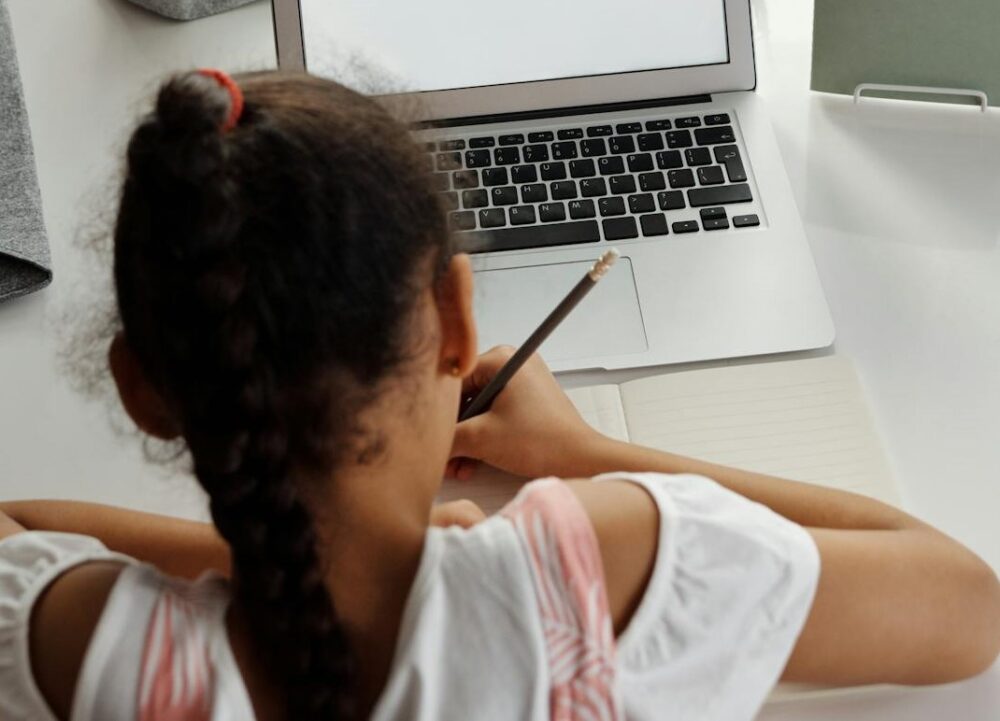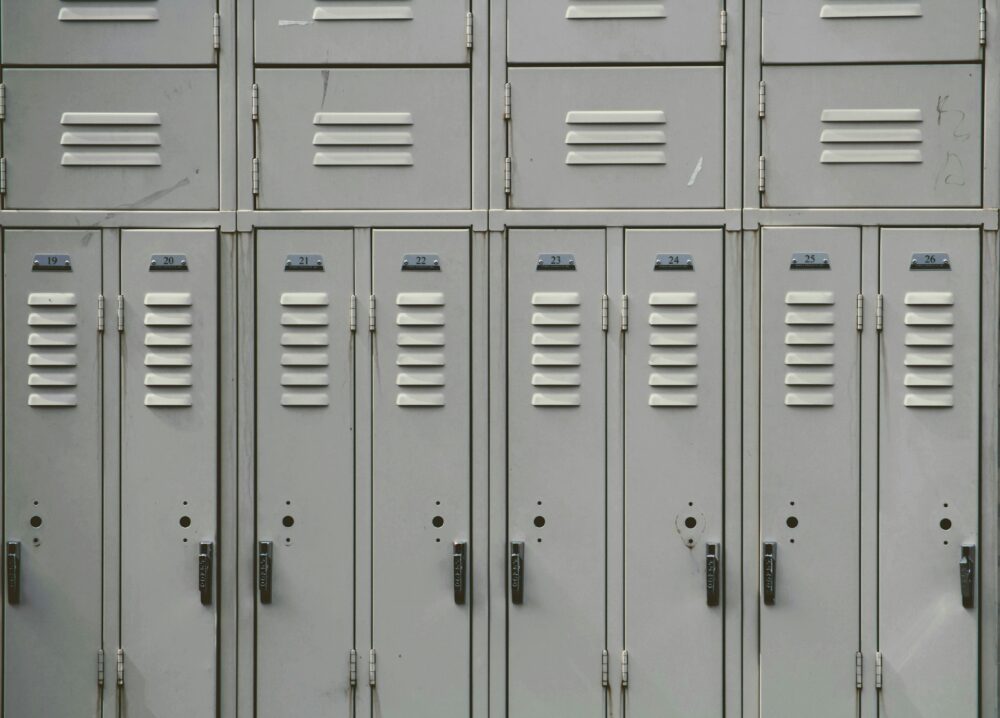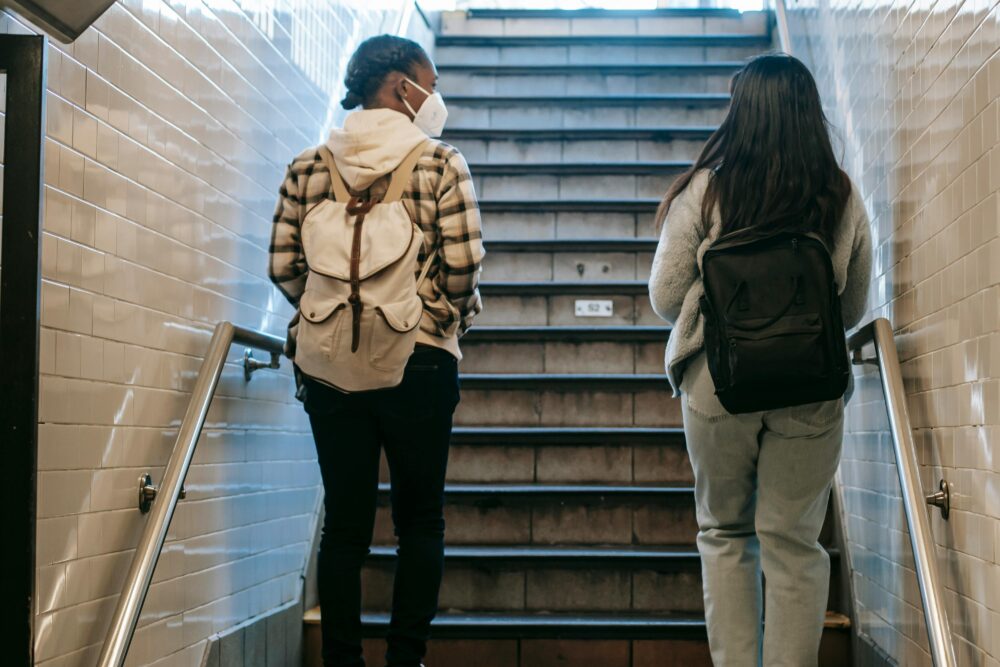Disparities in Attendance During COVID-19
This policy brief highlights disparities in school attendance during the pandemic and calls on the City to invest in an ambitious Education Recovery Plan that ensures all students can receive the academic and social-emotional support they need as they return to school.

As required by Local Law 10 of 2021, the NYC Department of Education (DOE) recently posted disaggregated attendance data for the month of January, marking the first time this school year that such data has been publicly available. The new brief summarizes key takeaways from the data, which provide a snapshot of student engagement during remote and blended learning and make clear that COVID-19 continues to have a disproportionate impact on marginalized student populations. While absenteeism has risen across the board this year, attendance rates are strikingly low among students living in homeless shelters, English Language Learners (ELLs), and students with disabilities, particularly at the high school level. In January 2021:
- Students living in shelter had by far the lowest attendance rate of any student group: 75.7%, 14.1 percentage points lower than the rate for their permanently-housed peers. Ninth, tenth, and twelfth graders in shelter had attendance rates of just 64-67%, meaning they missed around one out of every three school days.
- ELLs and students with disabilities in grade 10, along with ELL twelfth graders—roughly 30,000 students in all—missed approximately one out of every four school days.
- The attendance rate for ELL tenth graders was 10.1 percentage points lower than the 2018-19 attendance rate for ELLs in tenth grade, a notably larger decline than for non-ELLs; students with disabilities also saw larger drops in attendance, relative to the 2018-19 school year, than their peers without disabilities.
"The latest attendance data should spur City Hall and the DOE to action. Tens of thousands of students are still struggling to access an education because of the pandemic or are at risk of disconnecting from school entirely. With the DOE poised to get billions of dollars in COVID-19 relief funding, now is the time to put forward a comprehensive plan for an equitable recovery.”
Kim Sweet, directrice exécutive de l'AFC
AFC is recommending that the City’s plan for using its $7 billion in federal education COVID-19 funding include:
- Investing in a corps of professionals, including bilingual staff and shelter-based staff, to focus on academic support, social-emotional support, and outreach to students and families.
- Engaging in intentional, proactive planning and outreach to ensure that the new Summer Rising program benefits all students—including students with disabilities, ELLs, and students experiencing homelessness—and provides the specialized supports these populations need.
- Providing targeted academic and mental health supports; for example, one-on-one or small group tutoring, evidence-based literacy curricula, and staff such as social workers and behavior specialists who can provide direct services to students.
- Investing in intensive, targeted outreach to re-engage students and families who are currently disconnected from school.
- Providing make-up services and specialized support for students with disabilities and ELLs who did not receive their legally mandated instruction during the pandemic.
- Allowing 21-year-old students who would otherwise age out of school this year to attend Summer Rising and return to school next year so they can finish their diploma requirements or meet transition goals, particularly given the particularly low attendance rates for high school students. Just yesterday, the New York State Education Department issued a memo strongly encouraging districts to allow students aging out of school to attend summer school and, if needed, return to school for the 2021-2022 school year.
-
Consulter le communiqué de presse au format PDF
April 14, 2021



